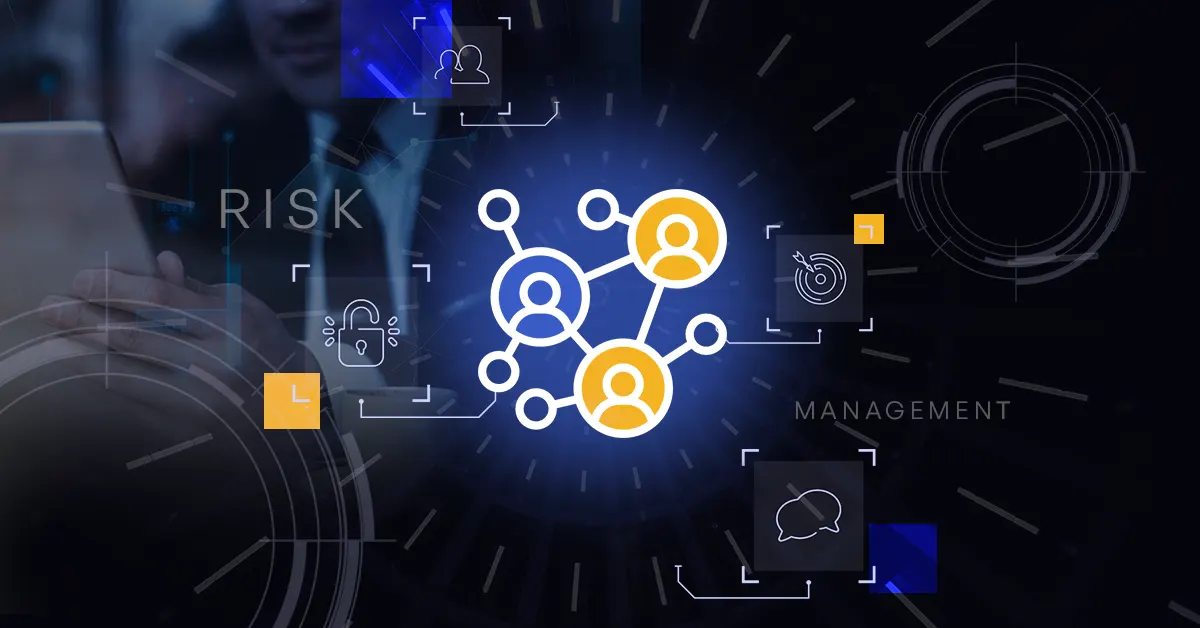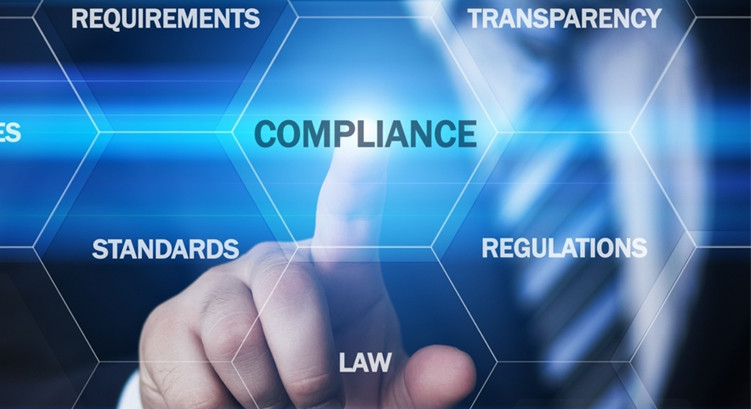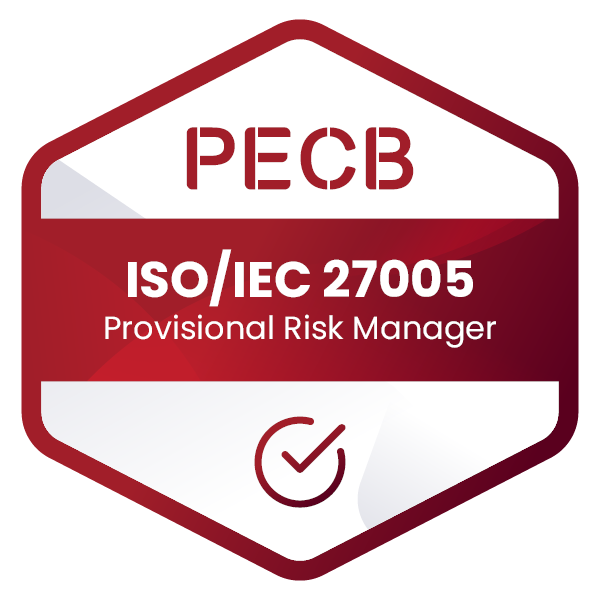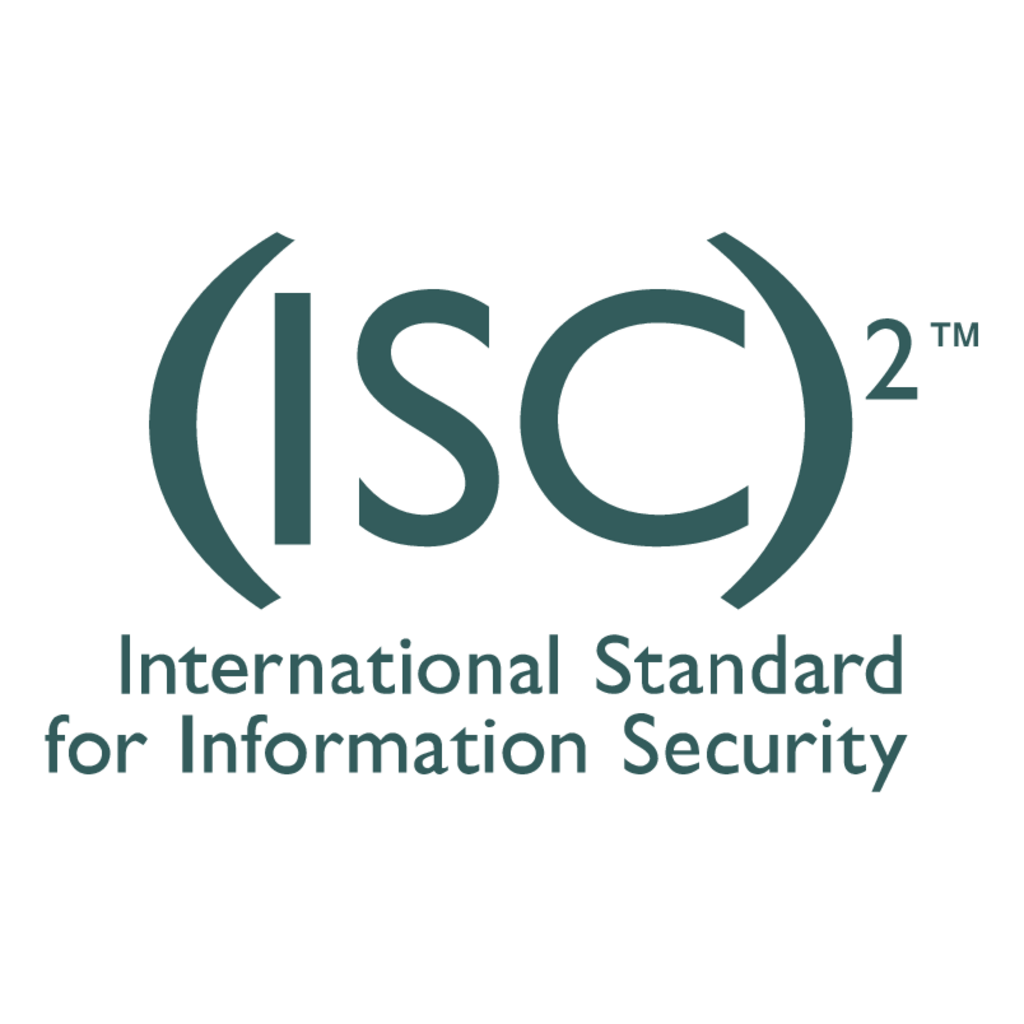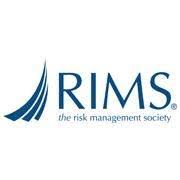NIS2 Directive: What It Means for Critical Infrastructure and Digital Service Providers

In this article, we’ll explore the NIS2 Directive, its significance, and what it means for organizations that fall under its scope.
As cyber threats grow more sophisticated, the importance of protecting critical infrastructure and digital services cannot be overstated. The European Union’s NIS2 Directive is a key regulation designed to address this very issue. Replacing the original NIS Directive, NIS2 introduces stricter cybersecurity requirements for critical infrastructure operators and digital service providers across the EU.
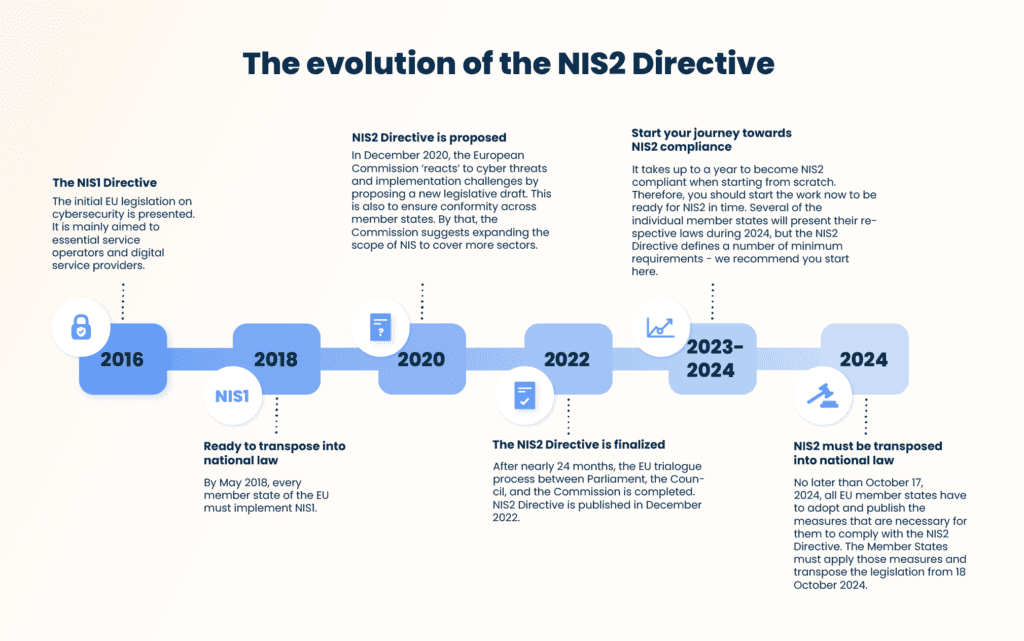
What is the NIS2 Directive?
The NIS2 Directive (Network and Information Security Directive 2) is an updated version of the 2016 NIS Directive, aimed at strengthening cybersecurity across EU member states. Its main goal is to enhance the security of networks and information systems that are vital for the functioning of the economy and society, such as energy, transport, healthcare, and finance.
The directive expands the range of sectors considered essential and introduces new compliance measures to better protect these organizations from cyberattacks.
Key Changes in the NIS2 Directive
- Broader Scope
NIS2 broadens the scope of the original directive by covering more sectors and organizations. This includes public administration entities and more categories of digital service providers such as social media platforms and cloud computing services. Any organization that provides essential services or is considered critical infrastructure now falls under NIS2, regardless of its size. - Stricter Security Requirements
Organizations must implement stronger cybersecurity measures, including risk management practices, incident response, and continuous monitoring of network security. The directive also emphasizes supply chain security, ensuring that third-party providers and contractors adhere to the same high standards. - Incident Reporting
NIS2 introduces more stringent reporting requirements for cybersecurity incidents. Organizations must report significant incidents to their national authorities within 24 hours of detection and provide a full incident report within 72 hours. This quick turnaround ensures that response efforts can be coordinated effectively at both national and EU levels. - Fines and Penalties
Non-compliance with NIS2 can result in severe penalties. Similar to GDPR, the directive imposes fines on organizations that fail to meet the standards. The fines can reach up to 2% of an organization’s global turnover or €10 million, whichever is higher. - Mandatory Risk Management Measures
Organizations must adopt risk-based cybersecurity measures, such as vulnerability assessments, security audits, and network segmentation. These requirements ensure that companies are actively identifying and mitigating potential security threats before they escalate.
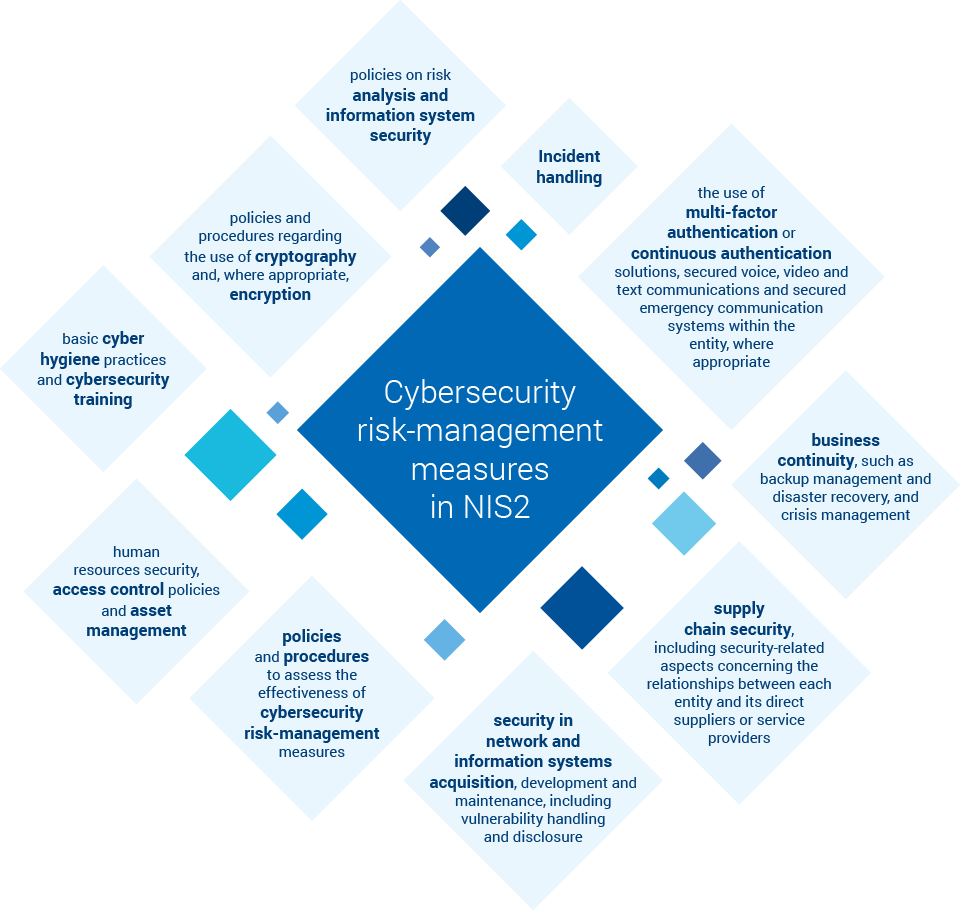
What Does NIS2 Mean for Critical Infrastructure Providers?
For organizations operating critical infrastructure, the NIS2 Directive brings increased responsibility to protect their networks, services, and customers from cyberattacks. These organizations must now:
- Strengthen Cyber Defenses
Implement advanced security technologies and practices to protect against evolving threats. This includes encryption, multi-factor authentication, and endpoint security solutions. - Conduct Regular Security Audits
Continuous assessment of security measures is essential to ensure compliance with the NIS2 Directive. Organizations should conduct regular vulnerability assessments and penetration testing to identify and resolve weaknesses. - Secure Supply Chains
The directive emphasizes the importance of securing third-party vendors and supply chains. Critical infrastructure providers must ensure that all partners adhere to the same cybersecurity standards, especially if they handle sensitive data or have access to critical systems.
Preparing for NIS2 Compliance: Key Steps
- Perform a Gap Analysis
Assess your current cybersecurity posture against the NIS2 requirements to identify areas of non-compliance. This will allow you to prioritize and address gaps in your security. - Enhance Cybersecurity Practices
Implement robust security measures, including encryption, regular updates, patch management, and intrusion detection systems to protect against cyberattacks. - Develop an Incident Response Plan
Prepare an incident response plan that outlines steps to take in the event of a security breach. Ensure your team is trained and systems are in place to detect, contain, and mitigate incidents. - Ensure Supply Chain Security
Audit your third-party vendors and service providers to ensure they comply with NIS2 security standards. This includes contractually obligating them to maintain the same level of security. - Establish a Reporting Framework
Create a process for reporting incidents in compliance with the 24-hour and 72-hour reporting windows mandated by NIS2. Having this process in place will minimize delays and ensure timely responses.
Conclusion
The NIS2 Directive marks a significant step toward improving cybersecurity across the EU, particularly for organizations involved in critical infrastructure and digital services. With stricter security requirements, broader scope, and severe penalties for non-compliance, NIS2 demands a proactive approach to managing cyber risks. By adopting stronger cybersecurity measures and preparing for compliance, businesses can not only meet regulatory obligations but also strengthen their defenses against today’s evolving cyber threats.



